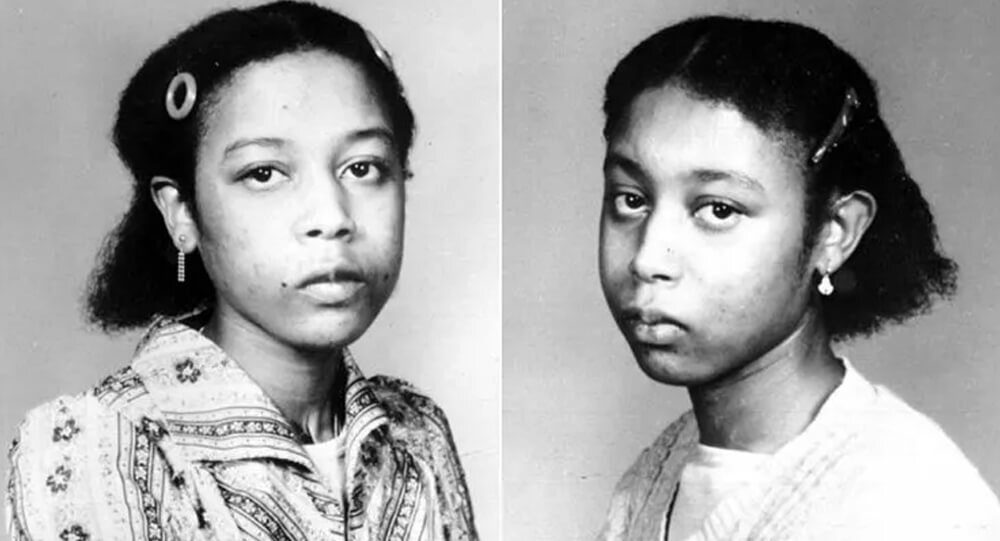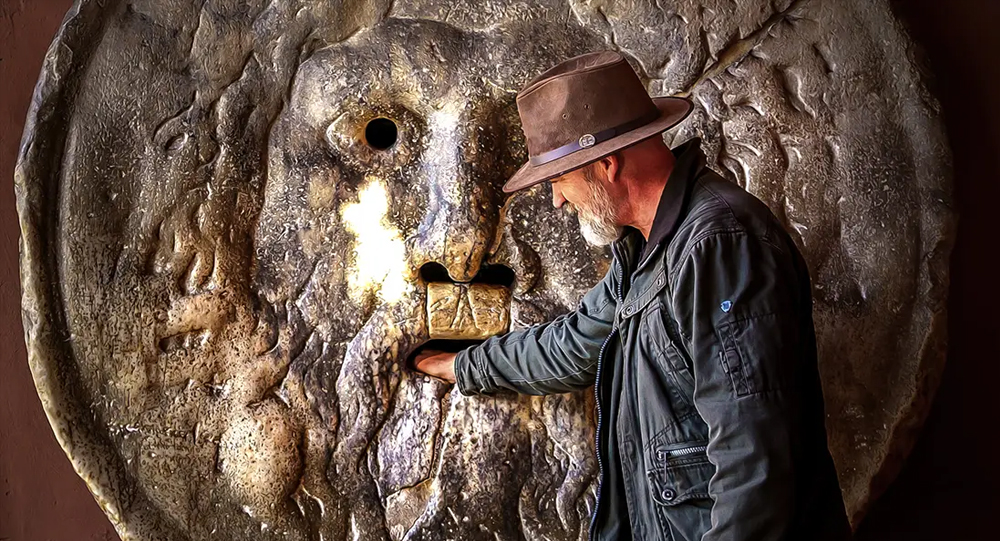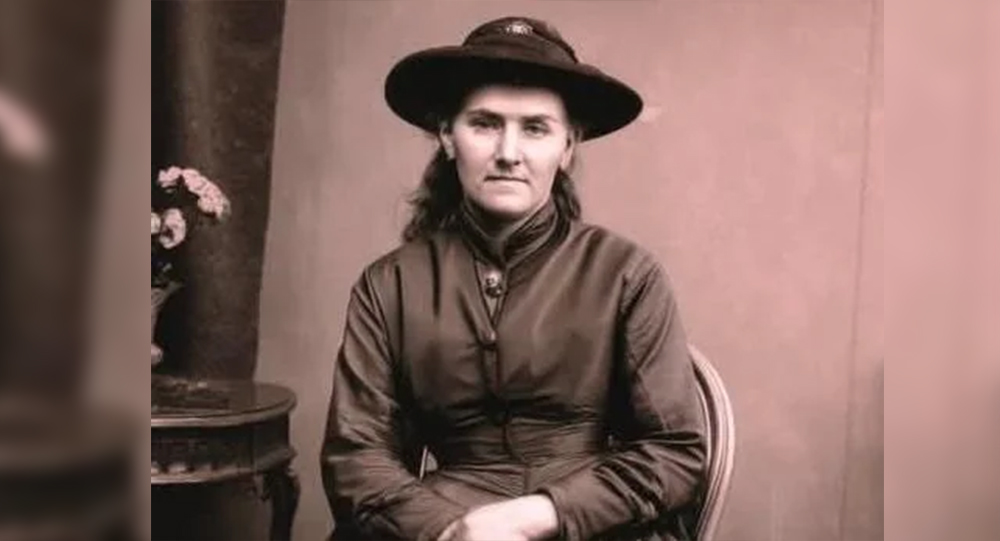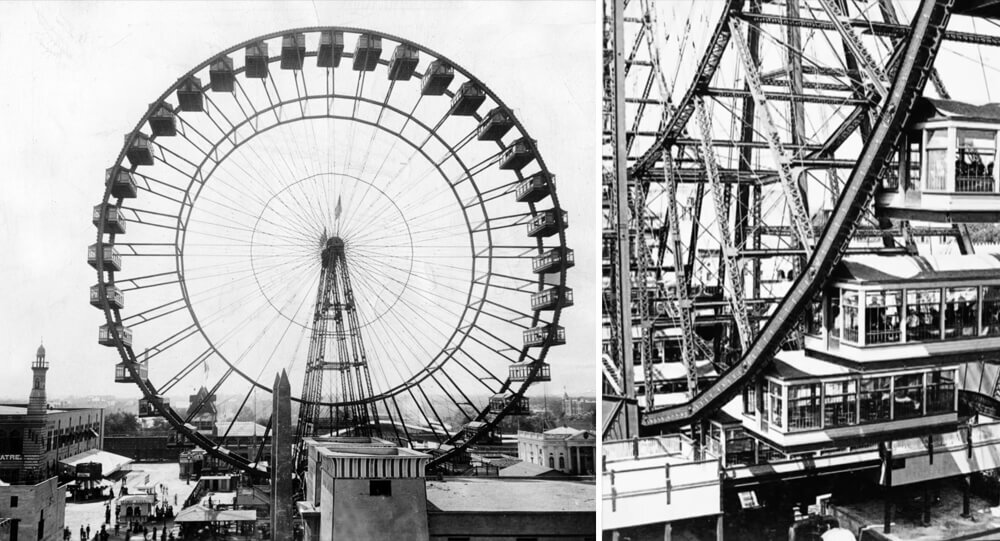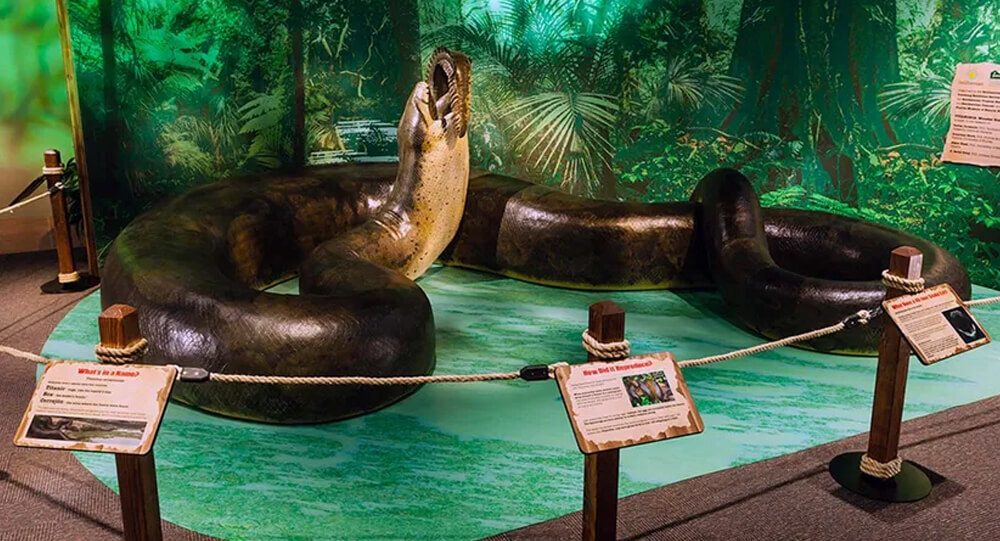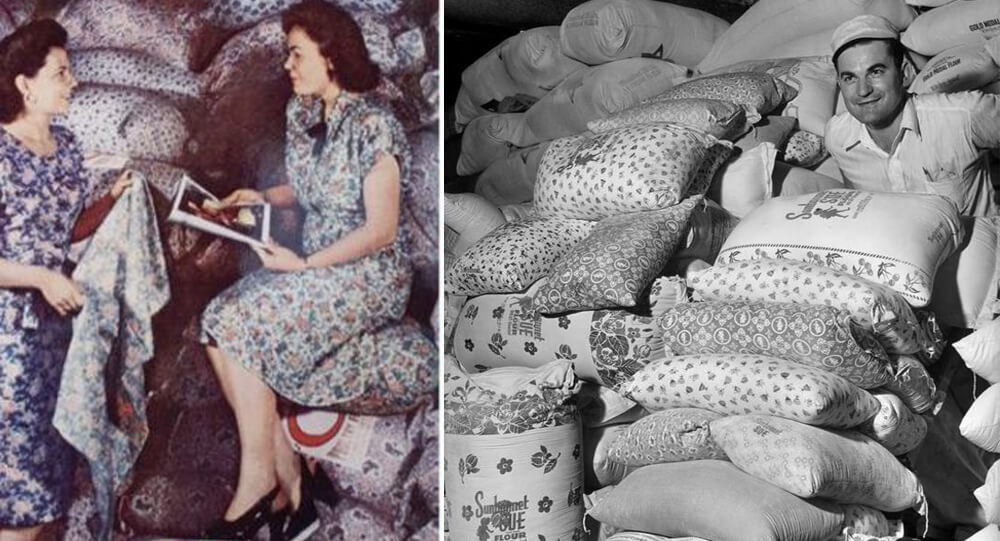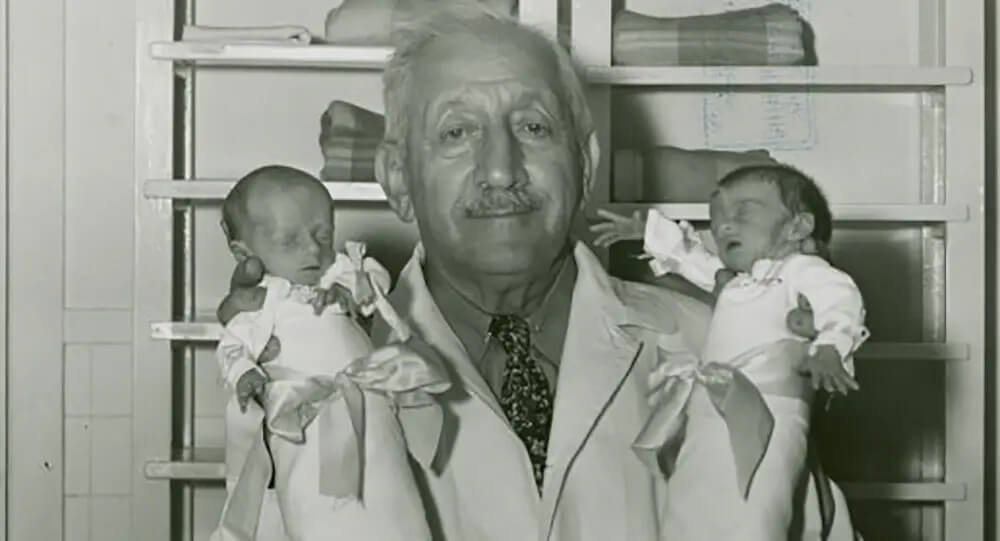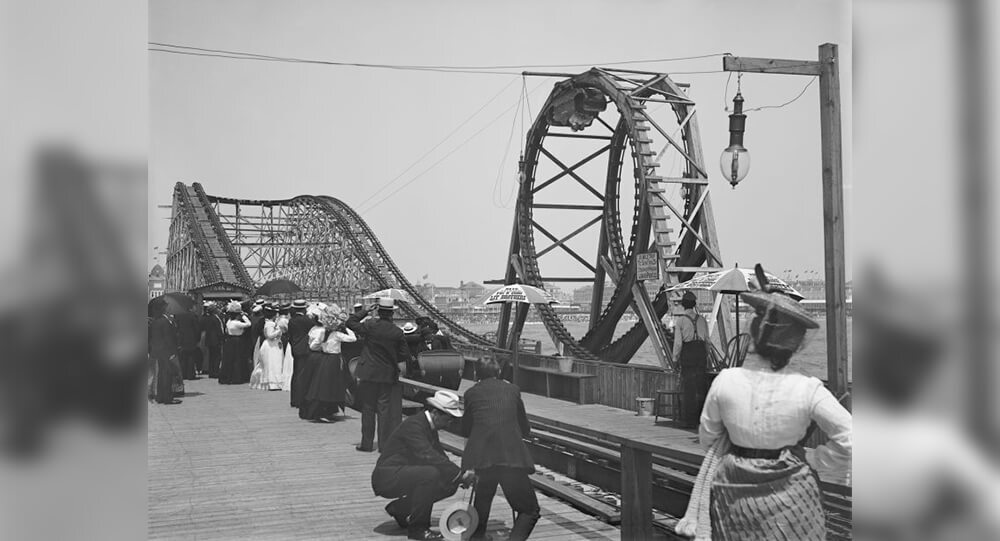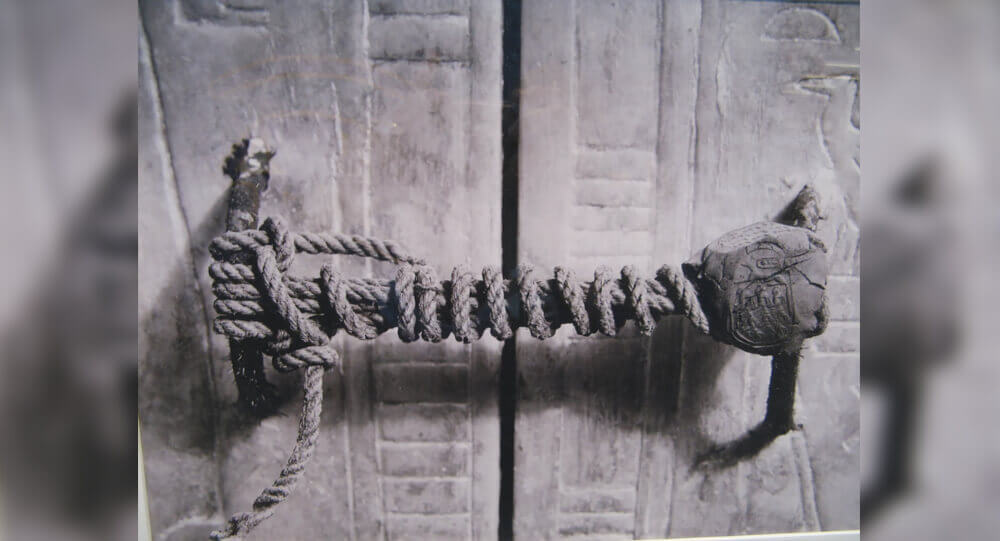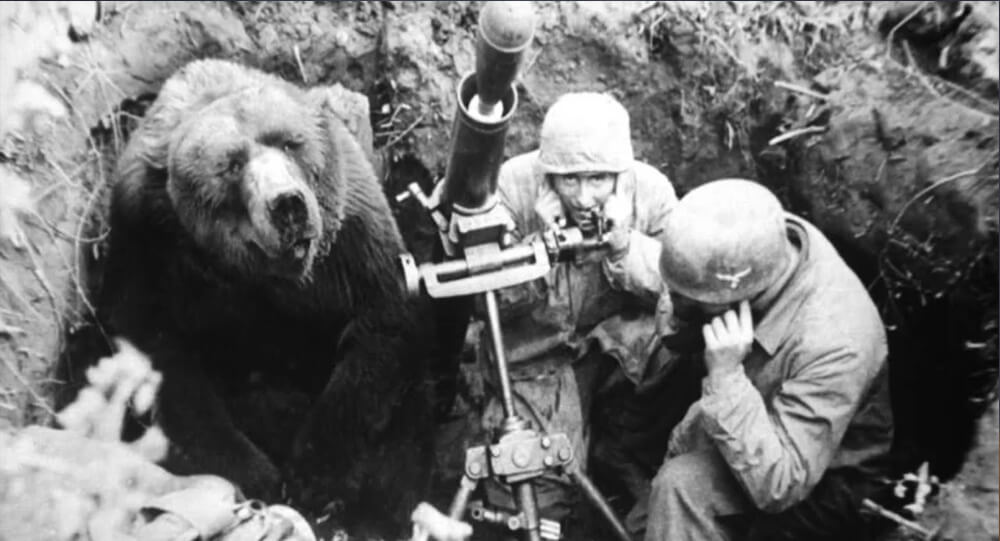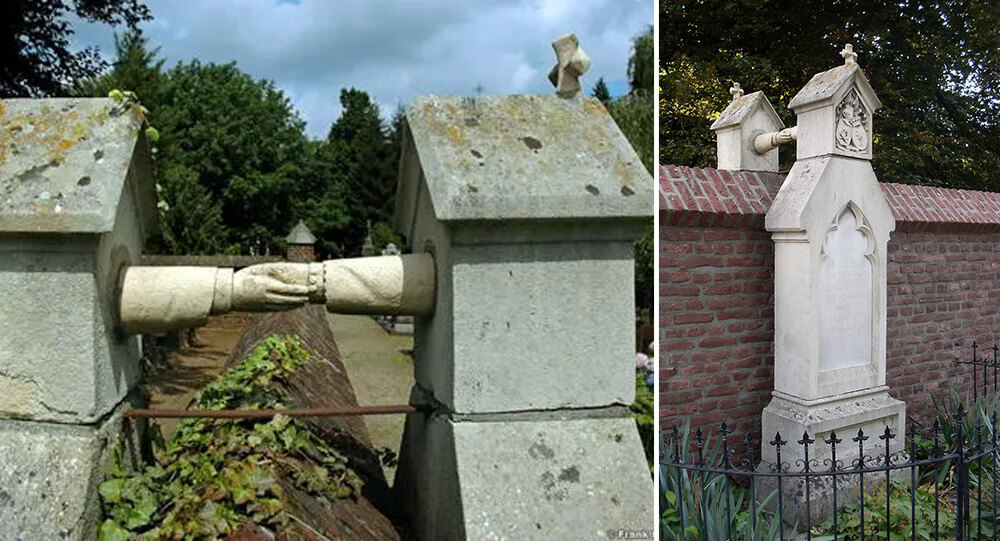
Penicillin’s history, the first antibiotic to successfully treat patients with serious infectious diseases, has a fortunate beginning. British scientist Alexander Fleming discovered in 1928 that mold had stopped bacteria from growing in his lab. However, the story’s main conflict centers on an Australian scientist who was born this year, one hundred years ago, rediscovering penicillin ten years later. The methodical, meticulous work of Howard Florey and his committed team turned penicillin from a fascinating observation into a life-saving discovery.
In the past, Emma Burkervisc served as the tea lady at the John Curtin School of Medical Research at the Australian National University (Howard Florey later in life played a significant role in the establishment of the School and University). Imagine how Emma felt when she ran into Florey in the hallways of the office where she worked many years after penicillin had saved her life in a German refugee camp during World War II. Consider your reaction if you met someone who saved your life and consider the global impact Florey and his team have had.
Breaking the Mould
At Oxford University in Britain in the 1930s, when working on scientific discoveries as a group was hardly ever common, Florey assembled a team of scientists. Nowadays, scientists collaborate frequently, but Florey saw that science had progressed to the point where a team of experts was required because the task was too big for one person.
His team started a thorough investigation into the characteristics of antibacterial compounds made by mold. When Ernst Chain, one of the team members, was flipping through a medical journal and came across an article about Alexander Fleming’s work, they started researching penicillin.
The group’s members focused on the topics about which they knew the most, but they frequently got together to share ideas. Together with Edward Abraham, Chain purified penicillin. Using bedpans and ether, Norman Heatley devised improvised extraction techniques for penicillin (see “penicillin production” below). A. D. Gardner and Jena Orr-Ewing investigated the interactions of penicillin with various microbes. Together with Margaret Jennings, Howard Florey examined how penicillin affected animals. Later, Ethel Florey collaborated with her husband on penicillin clinical trials.

They carried out one of the most significant medical experiments in history in May 1940. Florey’s team tested penicillin on eight mice that had been given lethal doses of streptococci bacteria on Saturday, May 25, due to the urgency of the work that required them to start the experiment over the weekend. Penicillin was administered to four of the mice, while four were used as controls. The treated mice had recovered the following day, while the untreated mice had passed away. The lives of eight mice in the early days of World War II may seem insignificant. However, the treatment of Allied soldiers with penicillin began as early as D-Day, in June 1944, and is likely what turned the tide of the war.
The First Patient
The outcomes were so fascinating that Florey realized it was time to test the medication on people. The initial patient had been stung by a rose thorn in 1941. The entire face, eyes, and scalp of Albert Alexander had swollen. Even his remaining eye had to be lanced to relieve the pain of the swelling after he had already had an eye removed and abscesses cleaned out. After receiving penicillin, he started to feel better within a day. However, Florey’s team lacked enough of the medication to ensure the patient’s full recovery. They attempted to reuse the penicillin by removing it from his urine, but they were unsuccessful, and he tragically relapsed and passed away. Because of the awful experience, the team then concentrated their efforts on sick children, who did not require such large quantities.
For the purpose of researching the effects of penicillin on wounded soldiers, Florey traveled to North Africa in 1943. His hardships were regarded as a miracle. He recommended that soldiers’ wounds be cleaned and stitched up, and then that the patients be given penicillin, rather than amputating injured limbs or just letting them heal on their own. By the end of World War II, the drug was available to treat Allied soldiers thanks to Florey and his team, and it has since revolutionized medical science and saved millions of lives.
Before Penicillin
How many times have you unintentionally poked your finger with a sewing needle or a rose thorn? Nowadays, you would be treated almost immediately if the wound became infected. However, you could have been in serious trouble prior the discovery of Penicillin. Like cancer today, infections were feared back then. Your glands would swell up, and lancing would be necessary to drain the pus. Your arm might even need to be amputated by a surgeon in an effort to save your life. Before Howard Florey discovered penicillin, many infectious diseases lived in this nightmare.

Setting the Stage for Penicillin
Molds and fermented substances had been used to treat various skin infections three thousand years before penicillin, though their actual mechanisms of action were unknown. But the first scientific investigations into antibiotics didn’t start until the late 1800s. Louis Pasteur, a French chemist, noticed that anthrax (an infectious disease spread from animals to humans) was inhibited by mold after learning that infectious diseases are spread by bacteria. Joseph Lister, a British surgeon, observed that urine samples contaminated with mold prevented bacteria from growing, but he was unable to pinpoint the substance in the mould. French medical student Ernest Duchesne successfully tested a substance from mould that inhibited bacterial growth in animals, but died at an early age in 1912, never seeing the world’s acceptance and use of his important discovery.
A tear from Alexander Fleming’s eye fell into a culture plate while he was working with bacteria after World War I. Later, he discovered that lysozyme, a substance in his tear, killed the bacteria while being safe for the body’s white blood cells. Years later, while studying the flu, a related coincidence happened to Fleming. While he was away, a piece of mould that contained bacteria fell into a discarded culture plate and formed a clear patch. When he came back, he recognized this pattern from his prior lysozyme experience. He came to the conclusion that the mold was generating an antibiotic substance and gave penicillin, the antibiotic’s name, to the Penicillium mold that was generating it.
His finding was an incredible stroke of good fortune. Penicillin might not have been discovered as an antibiotic if Fleming hadn’t left a petri dish of bacteria on his bench when he went on vacation, if he had properly cleaned the dish, if the weather had been different from the ideal conditions for bacteria and mould growth in the laboratory, and especially if Fleming hadn’t had the experience to recognize the significance of the observation.
However, Fleming was unable to extract the substance that kills bacteria, so he was unable to test it as a treatment for widespread infections. He left to pursue other research, leaving Howard Florey and his group to lay the foundation for penicillin’s use as a lifesaving drug more than a decade later.
Fabulous Fungus
The first naturally occurring antibiotic discovered was penicillin; protosil, the first drug used to treat some infectious diseases, was found in 1933 but had negative side effects. Antibiotics, which are substances that battle bacteria, fungi, and other microbes harmful to humans, now the amount over 60. The word “antibiotic” means “against life.”
An antibiotic is a medication made by microbes, such as the molecule penicillin. Penicillium molds provide penicillin in a variety of forms. The most popular form of penicillin, penicillin G, was used by Duchesne in 1896, Fleming in 1928, and Florey in 1939 to kill bacteria.
When bacteria reproduce, they divide into two new cells. Before the DNA chromosome is copied, they enlarge to roughly twice their original size. A cell wall develops in between the two new chromosomes as they move apart. However, the new cell wall won’t be able to form if penicillin is present. It only prevents the formation of new cell walls in bacteria; for more information, see balloon bacteria. As a result, the bacteria cannot multiply and the disease cannot spread.
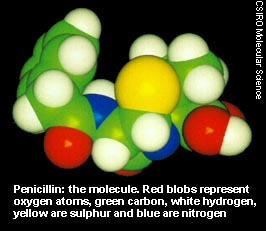
Natural penicillin is given intravenously because, if swallowed, stomach acids would degrade the medication before it could enter the bloodstream. Nowadays, one dose of penicillin is equivalent to the total amount used by Florey’s team during all of their clinical trials! Penicillin allergies affect about one in ten people, with symptoms that can range from minor skin rashes to serious breathing problems. There are now alternative antibiotics that can be used if you are allergic to penicillin.
So Who Was Howard Florey?

Due to his wife’s failing health, Florey’s father moved from England to Adelaide where he ran a shoe store. He wed Bertha after she passed away from tuberculosis; the couple had two daughters before Howard was born.
Howard excelled in sports and did exceptionally well on his schoolwork. His high school chemistry teacher motivated him to enroll in the University of Adelaide’s medical program. He met fellow medical student Ethel here. He was accepted to Oxford University at the end of 1921 after receiving the South Australian Rhodes Scholarship (a prize given for outstanding leadership and tenacity in academics and sport). Before Ethel moved to England to wed Howard in 1926, they wrote to one another for a few years. She had an unhappy marriage, which was influenced by both his intolerance and her ill health and hearing. She passed away in 1966. One year before his heart attack-related death at age 69, Howard wed Margaret Jennings, a significant member of the penicillin team, once more in 1967.
With Fleming and Chain, he shared the 1945 Nobel Prize for Physiology or Medicine for his leadership of the scientific team that discovered and developed penicillin. He was the first Australian elected to the prestigious position of President of the Royal Society in 1960, where he was known as “the Bushranger President,” and was decorated by the UK, France, Australia, and the US for his impact on the outcome of World War II. He was knighted in 1944. In 1965, he was created Baron Florey of Adelaide, and the following year, he agreed to become Chancellor of the Australian National University.
Brilliant But Humble
He said, “All we did was to do some experiments and have the luck to hit on a substance with astonishing properties.” Florey was quiet about his accomplishments, describing them in a 1967 interview as a “terrible amount of luck” that “involved many others.” His enthusiasm for science, his talent, and his complete honesty and lack of pretense inspired those around him.
Florey understood how his drug affected population growth. Perhaps to counter this effect, contraception research was a lifelong interest and he was a vocal proponent for population control. He said in 1967, “I’m now accused of being partly responsible for the population explosion… one of the most devastating things that the world has got to face for the rest of this century.”
He stayed away from the press when penicillin’s success was discovered because he detested doing interviews and didn’t want to spur an excessive demand for the drug’s limited supply. His dislike of publicity may be the reason why Howard Florey’s crucial contribution to the penicillin story is still largely unknown throughout the world, despite the fact that a suburb of Canberra bears his name and his likeness appeared on the old $50 note. Let’s hope the real story comes out on the anniversary of his birth.

June and Jennifer Gibbons The silent twin who Only Spoke to Each Other
Identical twins June and Jennifer Gibbons were born on 11 April 1963 at a military hospital in Aden, Yemen where their father worked as part of the Royal Air Force.

Top 10 most cruel medical procedures that are being used today
We are all aware that medicine has advanced dramatically over the last fifty years. There are several modern medical approaches available today, but this was not always the case. However, the past of medicine is a dark one. Medical leeches, lobotomy, vascular surgery, cranial stenosis, and even electroshock therapy are all options. These are only a couple of the cruel healing techniques that are still in use today.

The Mouth of Truth: Ancient Rome’s Legendary "Lie Detector" That Bit Off Hands
Discover the chilling legend of the Mouth of Truth (Bocca della Verità) in Ancient Rome—a massive carved stone face believed to bite off the hand of anyone who lied while inserting their hand into its gaping mouth. Uncover the truth behind its eerie reputation and how this ancient artifact became a symbol of honesty and fear.

Why Comedians Failed to Make Sober Sue Laugh in the Early 1900s
In the bustling vaudeville scene of early 20th century New York, a mysterious performer known as "Sober Sue" captured public imagination not for jokes or songs, but for her unshakable stoicism—she never smiled or laughed. A local theater even offered a tempting reward of $1,000 to anyone who could make her laugh, drawing crowds and famous comedians eager to claim the prize. Despite countless hilarious attempts, Sue remained expressionless, a mystery that baffled performers and audiences until it was revealed that she suffered from facial paralysis, explaining her unchanging demeanor.

What exactly was the US's 'Ghost Army' during WWII?
During WW2, there was a special unit of men dubbed the ‘Ghost Army’. The unit was made of artists, creative and engineers and their job was to create deception about the enemy. From inflatable tanks to phony convoys to scripted conversations in bars intended to spread disinformation, they used all possible tricks to fool the enemy.

how Ferris wheel invented
In 1891, Chicago challenged engineers to create a structure to surpass the Eiffel Tower for the World's Columbian Exposition. George Washington Gale Ferris jr. responded with the original Ferris Wheel, a giant rotating structure elevating visitors above the city. This invention became an iconic attraction at the fair.

The incredible story of a plane that lost its roof in mid-flight and the light signal that saved 94 lives.
On April 28, 1988, Aloha Airlines flight 243 was on the way to Honolulu from Hilo when a huge portion of the upper part of the fuselage blew off the airplane.

The 1976 April Fools' Pranks, Planetary Alignment
On April fool's Day, 1976, the BBC convinced many listeners that a special alignment of the planets would temporarily decrease gravity on Earth. Phone lines were flooded with callers who claimed they felt the effects.

Atomic Tourism: In the 1950s, nuclear tests in Las Vegas served as a draw for tourists
Between 1950 and 1960, Las Vegas offered “Atomic Tourism” in which guests could watch atomic bombs being tested in the desert as a form of entertainment.

Why was the Eiffel Tower almost demolished
The Eiffel Tower was intended to be a temporary structure for the World's Fair in 1889, but it was nearly dismantled and sold for scrap metal. It was saved because of its potential use as a radio antenna, and it now serves as a tourist attraction as well as a working broadcast tower.

Titanoboa cerrejonensis, fossils of the world’s largest species of snake
In 2009 in a coal mine of Columbia, scientists discovered fossils of the world’s largest species of snake. The species is called “Titanoboa cerrejonensis,“and it is from around 60 million years ago. It would have had measured about 48 feet long and weighed about 2,500 pounds

Ancient Egyptians Had Pregnancy Tests Over 3500 Years Ago
The ancient Egyptians used a pregnancy test that involved potentially pregnant women peeing on barley and wheat seeds. Plant growth indicated pregnancy: barley for a boy and wheat for a girl. Later tests revealed that pregnant women's urine causes plant growth 70% of the time, whereas non-pregnant women's urine does not.

The history of Flour sack clothing fashion
After Kansas mill owners found women reused flour sack materials into apparel in the 1920s and 1930s, they started applying patterned designs to give families with more fashionable patterns and material.

Poto And Cabengo: The Secret Language Of Twins
Poto and Cabengo, as the two girls called each other, communicated in their own language. The twins were ignored by their parents and secluded from the outside world because their father felt they were developmentally retarded, and their unique language evolved as a result of that neglect.

Martin Couney, Saved Thousands of Premature Babies Wasn’t a Doctor at All
Martin Couney never qualified as a medical doctor. However, in the 1900s, he saved thousands of premature babies by exhibiting them in incubators at his Coney Island sideshow. Over the course of his career, he is said to have saved about 6,500 babies that had previously been written off by mainstream medicine.

How Dmitri Mendeleev Developed the periodic table of the elements
1850 Dmitri Mendeleev walked almost a thousand miles to Moscow so he could apply for the University of Moscow. Although he was not accepted, he walked to St. Petersburg where he was accepted, And with that education, he developed the the periodic table of the elements

Reason Behind The Suicide Of Christine Chubbuck Live On Air
Actor Rebecca Hall had serious reservations about tackling the macabre story around why Chubbuck killed herself in 1974. So what changed her mind?

Iranian inmate dies from happiness after finding out he will not be executed
An Iranian man who was convicted of murder reportedly died from happiness after learning that his death sentence was being commuted.

Roller Coasters were First Invented to Distract People from sin
Roller coasters were invented to distract Americans from sin. In the 1880s, hosiery businessman LaMarcus Thompson didn’t like that Americans were going to places like saloons and brothels and created the first roller coaster on Coney Island to persuade them to go there instead.

The unbroken seal on King Tutankhamun's tomb until 1922
The unbroken seal of Tutankhamun's tomb before it was opened in 1923, it was unbroken for over 3000 years.

The 440-pound bear named Wojtek and his World War II battle against the Nazis
Polish troops raised an orphaned bear cub during WWII. He enjoyed drinking beer, and was trained to salute. He became officially enlisted as a member of the forces, and helped carry artillery during battle.

Vince Coleman, a railway dispatcher, sacrificed his own life
Vince Coleman, a railway dispatcher, sacrificed his life in order to warn an incoming train of an imminent explosion. His telegraph said “Hold up the train. Ammunition ship afire in harbor making for Pier 6 and will explode. Guess this will be my last message. Good-bye, boys.” He saved 300 lives.

New London School Explosion, Deadliest school disaster which killed almost 300 children and teachers
In 1937, a gas leak in the basement at the local school in New London, Texas caused a massive explosion which killed almost 300 children and teachers, the deadliest school disaster in US history. Adolf Hitler even sent his condolences by telegram.

3 men lived on top of a billboard in tents for almost 9 months
From 1982-1983, three men in Allentown PA competed in a radio contest in which they lived on top of a billboard in tents. Whoever stayed up longest would win a house. Due to economic pressure from the recession, none of the contestants wanted to give up, so the contest lasted almost 9 months.

Graves holding hands over wall, A Catholic woman and her Protestant husband grave
A protestant man and a Catholic woman who weren't allowed from being buried together in a graveyard in 19th-century Holland turned their graves into a monument showing them holding hands across the wall separating them.

